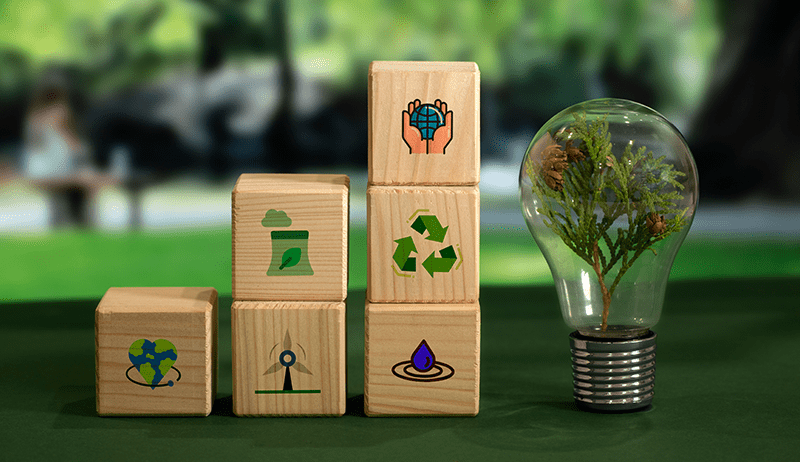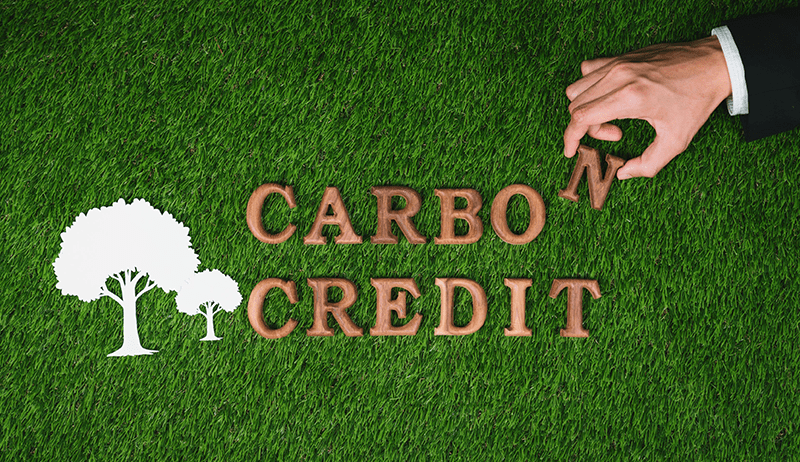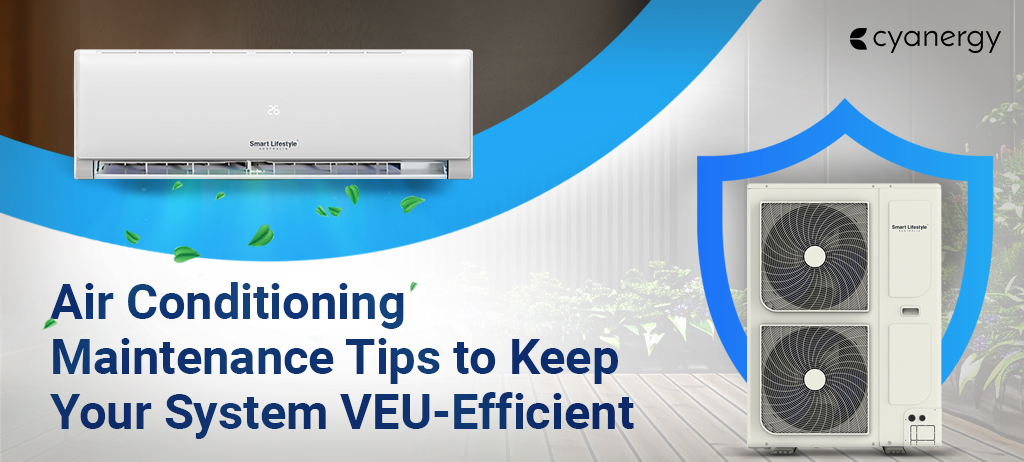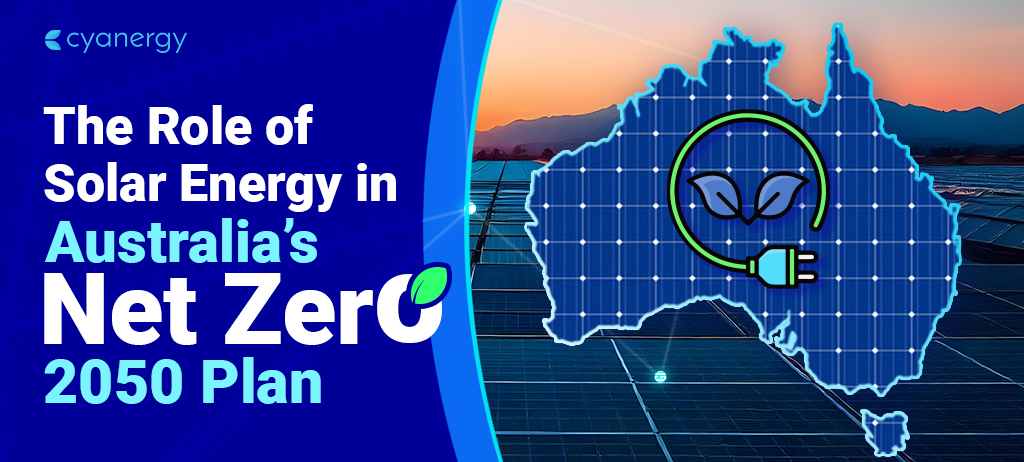The Renewable Energy (Electricity) Act 2000 started Renewable Energy Certificates (RECs). These are available when buying specific eco-friendly systems like solar hot water or heat pumps, small wind turbines, hydro systems, or solar panels.
When you get these Renewable Energy Certificates, you can sell them for cash or use them for a discount when you buy the eco-friendly system.
Different names like solar energy credit, solar credit, green energy certificate, or renewable energy credit are also known as RECs.
The Renewable Energy Target (RET) uses RECs to encourage more renewable energy. It was set up to add 9,500 gigawatt-hours of renewable energy annually by 2010.
There are two parts to the RET management RECs: the Large Scale Renewable Energy Target and the Small Scale Renewable Energy Scheme.
Large-Scale Renewable Energy Target (LRET)
The Large-Scale Renewable Energy Target (LRET) encourages building substantial renewable energy power stations in Australia.
It does this through a market where Renewable Energy Certificates are made and sold. These certificates are called large-scale generation certificates (LGCs).
The idea behind LRET is to give reasons for making renewable energy power stations around Australia. These power stations make large-scale Generation Certificates (LGCs), which they can sell.
The people or companies who buy LGCs are:
- Businesses under the RET (mostly electricity sellers) must buy LGCs from the market and give these certificates to the Clean Energy Regulator (CER) each year.
- Companies and individuals who want to show they’re reducing emissions, using renewable electricity, or using offsets like Australian carbon credit units.
LRET is valid till 2030.
Small-Scale Renewable Energy Scheme (SRES)
The Small-Scale Renewable Energy Scheme (SRES) manages Small-scale Technology Certificates (STCs).
These are given to small renewable energy systems like home and small-business solar panels, solar water heaters, heat pump water heaters, and small hydro and wind systems.
Like LRET, SRES encourages people and small businesses to buy small-scale systems. The STCs made by these systems are sold to businesses under RET, who have to buy STCs to balance their emissions.
SRES is also valid until 2030.
How to Obtain Renewable Energy Certificates with Compliance Requirements

You must follow specific rules if you make or sell renewable energy in Australia. These rules are called compliance requirements.
Here’s what you need to do:
Make Renewable Energy: If you produce renewable energy, like solar or wind power, you must prove it. You do this by getting Renewable Energy Certificates (RECs).
Sell RECs: If you sell renewable energy, you must also sell the RECs. It shows that you made renewable energy.
Buy RECs: If you’re a company that sells electricity, you need to buy RECs. It helps to support renewable energy.
Report to the Government: You must tell the government about the RECs you bought or sold. This is important for keeping track of renewable energy in the country.
By following these compliance requirements, you help Australia use more renewable energy and take care of the environment.
Benefits of Renewable Energy Certificates
Using Renewable Energy Certificates (RECs) can bring several benefits to businesses in Australia.
Here’s how:
Environmental Impact:
Businesses can show their commitment to reducing their environmental impact by using RECs.
RECs prove that the business’s electricity comes from renewable sources like solar or wind power. It eventually helps reduce greenhouse gas emissions and combat climate change.
Meeting Renewable Energy Targets:
Many businesses have goals to increase their use of renewable energy. RECs help them achieve these targets by providing a way to track and demonstrate their renewable energy usage.
It can enhance the business’s reputation as environmentally responsible and attract environmentally conscious customers.
Cost Savings:
In some cases, businesses can receive financial incentives or subsidies for using renewable energy and generating RECs.
Additionally, using renewable energy sources can lead to long-term cost savings on energy bills, as renewable energy often has lower operating costs than traditional fossil fuels.
Marketing and Branding Opportunities:
Businesses can use their commitment to renewable energy and RECs as a marketing tool. Displaying certifications or badges indicating the use of renewable energy can attract environmentally conscious customers who prefer to support sustainable businesses.
It can help businesses differentiate themselves from competitors and build a positive brand image.
Regulatory Compliance:
In some cases, businesses may be required by regulations or industry standards to use a certain percentage of renewable energy. RECs provide a way for businesses to demonstrate compliance with these requirements and avoid potential penalties or fines.
Energy Consumption Analysis

Analyzing the energy consumption of Australian businesses involves looking at various sectors and industries to understand how much energy they use and for what purposes.
Here’s a broad overview:
Manufacturing:
Manufacturing industries are significant energy consumers in Australia. They use energy for operating machinery, heating, cooling, LED lighting, and powering equipment.
Energy-intensive industries like steel, cement, and chemicals consume large amounts of electricity and fuel for production processes.
Commercial Buildings:
Offices, retail stores, hotels, and other commercial buildings also consume a considerable amount of energy. This energy is used for lighting, heating, cooling, ventilation, and running office equipment such as computers, printers, and HVAC systems.
Transportation:
Businesses rely on transportation to move goods and services, contributing to energy consumption. This includes on-road transportation using vehicles fueled by petrol, diesel, or electricity and off-road transportation like shipping and aviation.
Agriculture:
Agriculture is another sector that consumes significant energy, particularly for irrigation, machinery operation, and processing facilities. Energy is used for powering tractors, pumps, refrigeration units, and other equipment.
Hospitality and Tourism:
Hotels, restaurants, and tourism-related businesses also consume energy for lighting, heating, cooling, cooking, and running appliances. Energy usage in this sector can vary depending on factors like occupancy rates and the size of the facility.
Information Technology:
With the increasing digitization of businesses, IT infrastructure plays a significant role in energy consumption. Data centers, servers, networking equipment, and other IT systems require electricity for operation and cooling.
Small and Medium Enterprises (SMEs):
SMEs collectively form a substantial portion of the business landscape in Australia.
While individual SMEs may have lower energy consumption compared to larger enterprises, their cumulative energy usage is significant across various sectors such as retail, food services, professional services, and construction.
Analyzing the energy consumption of Australian businesses involves examining data on electricity, natural gas, petrol, diesel, and other energy sources consumed by different sectors.
This analysis helps identify opportunities for energy efficiency improvements, renewable energy adoption, and sustainability initiatives to reduce overall energy consumption and greenhouse gas emissions.
RECs in Different States and Territories

States and Territories in Australia have their ways of supporting carbon farming projects and reducing greenhouse gas emissions.
The Land Restoration Fund (LRF) helps landholders and farmers develop carbon farming projects in Queensland. The government buys “premium” carbon credits from these projects, which include environmental, economic, social, and First Nations benefits.
Western Australia’s Carbon Farming and Land Restoration Program offers funding for new carbon farming projects and grants for developing new carbon sequestration methods.
The Northern Territory supports greenhouse gas reduction activities on Aboriginal land through the Aboriginal Carbon Industry Strategy.
South Australia focuses on protecting and restoring coastal ecosystems through its Blue Carbon Strategy.
Tasmania provides grants and rebates to assist farmers in entering the carbon market and supports landscape and riverine health activities through the Landcare Action Grants Program.
Victoria’s Growing Jobs in Land Restoration and Carbon Storage program supports revegetation and carbon farming projects on public and private land.
The Australian Capital Territory (ACT) and New South Wales (NSW) focus on increasing renewable energy uptake and other initiatives to reduce emissions without separate schemes for carbon farming.
Each state and territory has an approach to support carbon farming and reduce greenhouse gas emissions, depending on its priorities and resources.
The Price and the Effectiveness of RECs
The cost of RECs depends on how many are available compared to how many people want them. The price decreases if many RECs are available, but only a few want them. But the price goes up if there aren’t enough RECs for everyone who wants them.
Electricity retailers must buy RECs and give them to the Clean Energy Regulator annually. Sometimes, when the price of RECs is high, it’s cheaper for the retailers to pay a fine instead of buying enough RECs.
In Australia, we’re making more renewable energy. This means there’s more renewable energy available in the market and more RECs, too.
What does this Mean for Energy Buyers and Sellers?
After 2030, we need to think about how we certify renewable energy. By adding more qualities to the certificates, sellers can offer different types of renewable energy, and buyers can choose the ones that match their goals better.
Whether you’re building a project, selling electricity, or buying renewable energy, there will be new opportunities to explore in 2024.
Contact Cyanergy for any renewable energy needs for your business. Get a free solar quote today!







